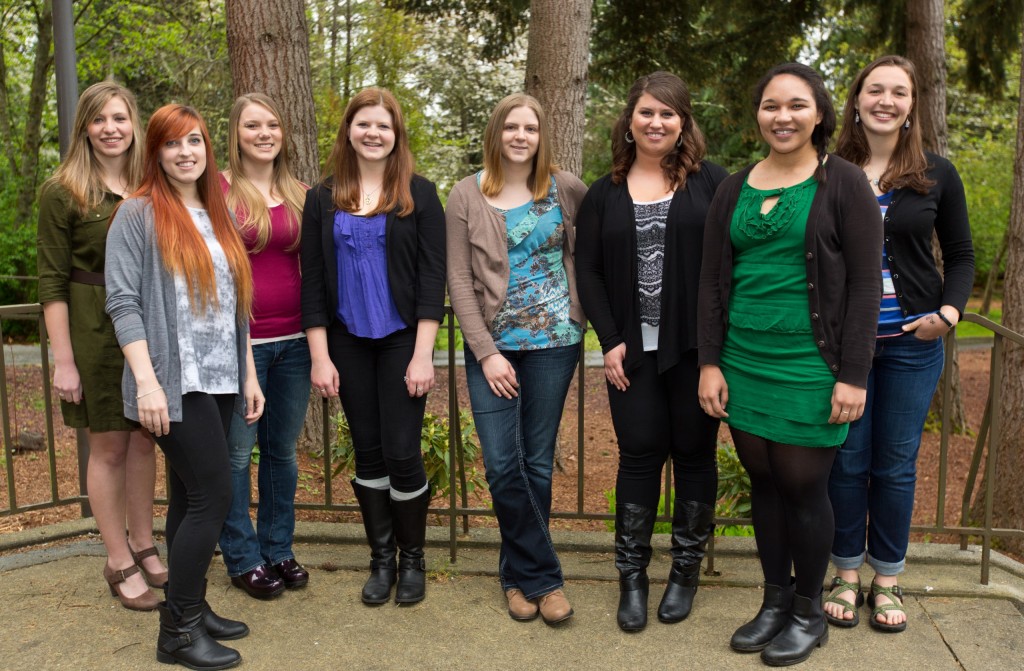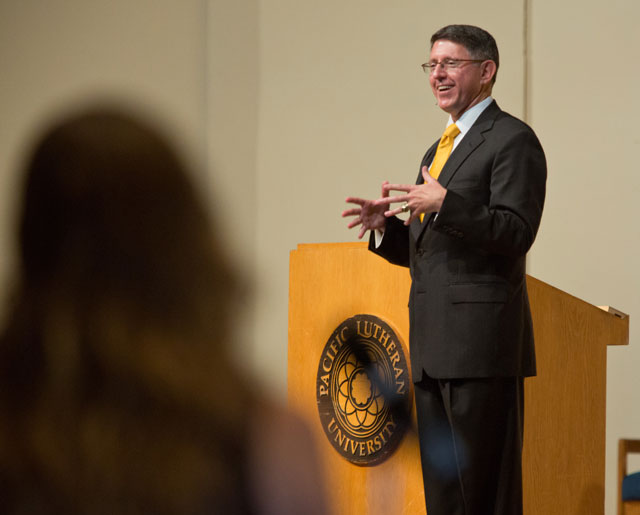Page 108 • (1,083 results in 0.125 seconds)
-

. III The 1918 flu epidemic waned the first of August. And then all hell broke loose. Somewhere, somehow, the virus mutated into a killer. By late August 1918, the second wave of flu hit widely scattered Atlantic ports, including Boston’s crowded piers. Thereafter, influenza quickly spread northwest of Boston to Fort Devens crammed with 45,000 transient troops. Inevitably, on September 8, Fort Devens reported its first case. Shortly thereafter, a shipment of draftees from Ft. Devens arrived at
-
women since it meant they were innocent and subordinate, she instead uses this quality against prescribed gender roles. The choice to cast Mary McKenna-Bruce intentionally aligns the character with an actress who, until recently, was a child star in the popular British children’s show Tracy Beaker Returns (2010-2012) and its spinoff The Dumping Ground (2013-). Don’t be fooled into thinking Disney Channel would air these alongside Raven’s Home (2017-) and reruns of Hannah Montana (2006-2011
-
burning of Moscow, the mot de Cambronne at Waterloo, and the injunction to the condemned Louis XVI: “Fils de saint Louis, montez au ciel!” A student using one of the printing press in the Thorniley Collection in PLU’s Book Arts program, 2017 Count Rostopchin, as governor of Moscow, was supposed to have set fire to Moscow in 1812 rather than allow Napoleon to enjoy possession of the Russian capital; General Cambronee was said to have riposted “Merde!” to English demands for surrender at Waterloo in
-

child-like capacity to always ask “why?” I remember so clearly heading off to college many years ago in search of great knowledge and certain answers. And I recall the surprise of leaving college 8 years later, with a Bachelor’s and Master’s degree in my drawer, and a brand new Ph.D. from the University of Michigan in my pocket, with a new awareness of how shockingly little I know. But, now, as I look back, I realize I left school prepared to wrestle with a lifetime worth of questions, and with a
-
All-American relief pitcher, 2014 PLU Male Athlete of the Year, 2015 Career Lute Achievement Award winner, first First Team All-American in PLU Baseball history, sixth pitcher in Division III Baseball history to achieve 30 career saves, tied for 2014 Division III Baseball lead in total saves, 2015 Capital One Academic All-American District 8 First Team. Favorite PLU memory: “This year when I got my 22nd career save against Linfield. Not only did it make me PLU’s all-time leader in saves, but it
-
, Mexico photographed in 2017 by Christa Slater (‘20) It must be recognized in the first place that the ultimate burden of carrying out this unique response of PLU lies with the faculty. Thus, as a group of professionals, we must ask ourselves if we can in fact uphold such a claim in practice and with integrity. In other words, can we make it a reality in the praxis of our classrooms and programs? Although promoted in good faith and with the interest of the institution at heart, is the mixing of
-

. I’m getting a master’s degree in clinical social work at Smith College in Northampton. Summer classes start on June 4th! September through April, I’ll be interning 30 hours a week at The Peck Full Service Community School in Holyoke, Massachusetts, where I get to work one-on-one with low income students in grades K-8. After I graduate from my master’s program in two years, I hope to find a job counseling at-risk teenagers and young adults. I feel like my education at PLU has definitely prepared me
-

have the same goals—good schools, no drugs, no violence—you can learn to respect people and work together for those.” She’s seen it work on the smallest of scales. “There were kids in Bosnia in a class, and an 8-year-old was curious—‘He kinda looks like me, we like the same soccer player and the same music’—that’s how you move from ignorance and fear, where everyone is a threat. With kids, there’s no personal memory, so curiosity is more powerful than fear.” Post-PLU plans: Corboy has been accepted
-

problems in addition to thinking in humanistic and artistic ways. PLU is at its heart and in its origin a liberal arts college. Beginning with the Master of Arts in Education in 1951, PLU began to offer professional and graduate degree programs that built on the foundation of the liberal arts education and provided more specialized or applied education and training. This is the position that PLU is in now. We have approximately 92 percent of our students in the undergraduate program and 8 percent in
-
to welcome the one we now call simply, “Provost,” Steve Starkovich. During her three years as our Provost Patricia Killen did outstanding work and advanced a very substantial agenda. And from his first day last fall as our acting Provost, Provost Starkovich, along with his key staff and the academic deans, have been moving those academic priorities forward. The provost reaffirmed our goals with regard to assessment of our academic program, and our academic units now have their assessment programs
Do you have any feedback for us? If so, feel free to use our Feedback Form.


